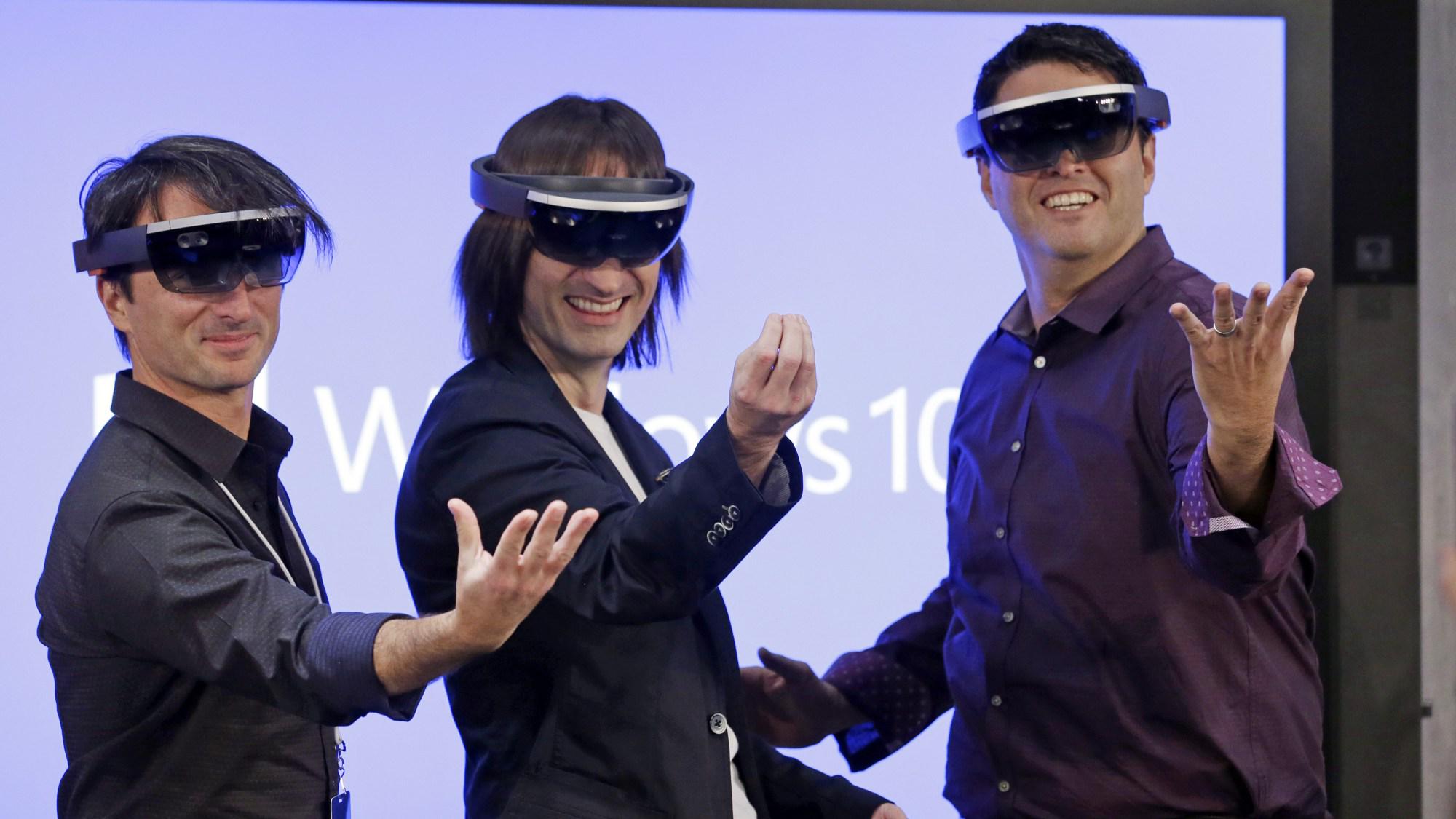I've always been intrigued by the concept of AR, but the one thing that always take me out of the experience is the fact that it is just an overlay. For instance if a movie was projected on a far away wall, no matter how far that projection is, the moment you raise your hand you are behind the image. You are never in front or above the projection. I wonder if they have worked a way around that.
They apparently have SOME way of doing this. A few impressions have mentioned how impressed they were that, in the Mars demo, the surface of Mars "took over" everything in the room EXCEPT a computer that the user was supposed to use. So there was a normal computer (which was in the room) sitting in the middle of "Mars".
I don't think this thing is going to be picked up by the mainstream, I think with VR, or even those movie watching visors, it's different because you are sitting down to do something. With this thing you are expected to carry on with your daily routine in your house with this thing on. So for me, looks really cool, no idea why I would ever use it.
I think the tricky part will be knowing what this is useful for and what it's not. There are some actions that will always be faster or more precise with a mouse or some other input method.
I try to think of my daily work at home. A lot of it is video editing, color grading, photo editing, etc.
Lately I've been thinking about getting a printer so I can print photos or images with color schemes, compositions, etc. that inspire me or I want to emulate/imitate.
With this, it would be wonderful if, instead of having to print out and actually pin pieces of paper to my board, an AR "hologram" could instead cover the wall next to my workstation and I could throw all the pieces that inspire me up on that wall, freely looking at them, exchanging them, zooming, etc.
I think about reading and note-taking. When I read, I mark up my books a ton. I underline them, make stars, dog-ear pages, etc. Then, I have the tedious process of going back through my notes and logging them all in my computer so I can reference them later (usually in OneNote). I have considered using OfficeLens to just capture and translate pages directly to text, but I make a TON of notes.
Maybe with this, I could have a way of reading and taking notes in sort of a real-time way. It would save me a ton of time and work
I know these aren't the sexiest implementations, but I think the way to sell this device is to show how helpful it could be in day-to-day life. That's how I'd want to use it.












